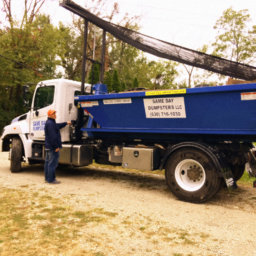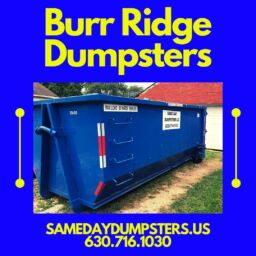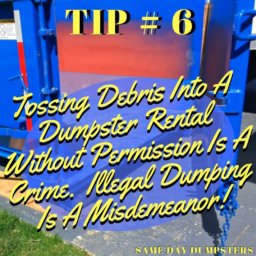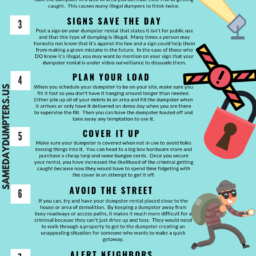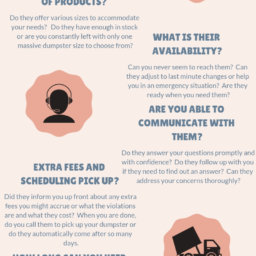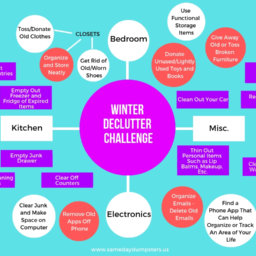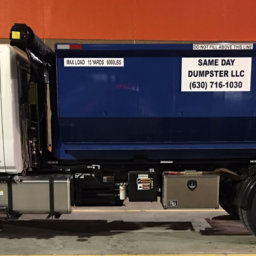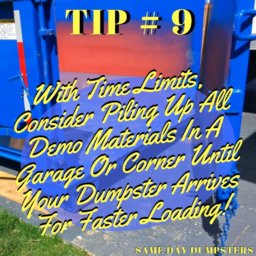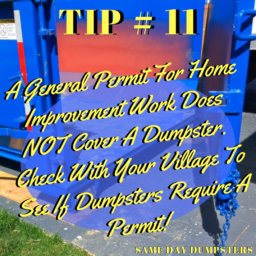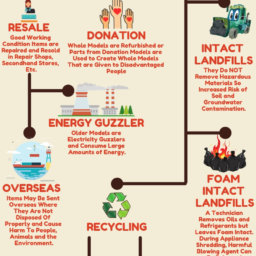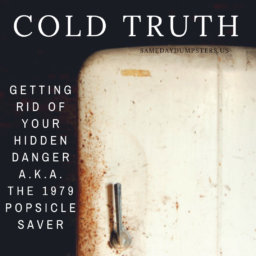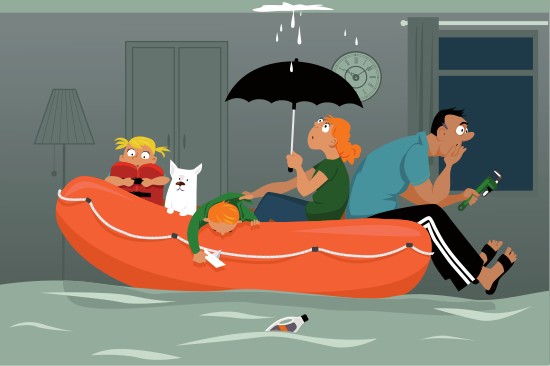
What Should I Do If My Home Floods?
It happens when you least expect it and sometimes causes massive damage that you had no way of being able to foresee or prevent. It can slightly dampen a basement or destroy an entire home. Whether it’s due to a natural disaster or burst pipes, your home flooding is no picnic.
In times so dire, it is understandable to panic or lose track of what needs to be done. The most important thing is to make sure you and your family are safe and that the structure isn’t compromised. If it looks like you have the all clear, here are some tips to keep in mind for flood cleanup.
Disconnect Electronics
If you have warning that a flood is about to happen or notice water starting to fill your basement, shut off the electric to that room or the whole house. If that is not feasible, unplug everything you can and move it out of the way of water. This will go a long way in saving items and increasing safety.
Salvage Items
In cases where you have time before a flood occurs, you may want to move electronics or furniture out of the area that may be affected. In cases where you are coming after the fact, if things are salvageable, move them out of the home or to an upper floor.
Get Rid of the Water
When flood waters have receded, you need to get any remaining water out of your home. Buckets, towels, mops are great tools to manually remove water. If your sewers aren’t backed up, you can dump excess water down the drain. If they are, then you need to pour water onto your lawn or any other permeable surface that you can. If you have power, you can use a wet/dry vac or rent a sump pump from your local hardware store to suck the water out. Just remember to be cautious that you are plugging them into a source far away from the water. You definitely don’t want to get shocked!
The most important thing at this time is clearing out that excess water and drying the entire area out.
Is There Mud?
If so, shovel, scrape and scrub that mud off of your surfaces before it dries. Use a hose and wash that mud away starting from the ceiling and working your way down. Once that mud dries, it becomes a whole other issue.
Dry Like The Sahara
Grab as many fans and dehumidifiers as you can and begin airing out the affected sections. If it isn’t raining, open windows – whatever you have to do to get everything dry. You want everything to dry as fast as possible so you can eliminate dangerous mold from forming and spreading. This includes wood beams, insulation and drywall.
As it drys, any drywall that was hit by water needs to be cut and removed because the paper backing gets eaten up by bacteria. Pressboard is a goner too but you should be able to save anything made from wood.
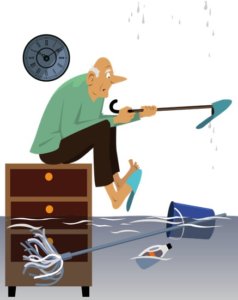


Disinfect All Surfaces Touched By Water
Appliances, Walls, Floors, Non-Upholstered Furniture – you name it, if the water hit it, it needs to be sterilized to reduce the chance of harmful bacteria and mold forming. Hot water with a good disinfectant should do the trick.
After the initial disinfecting, rent a mister from a hardware store and purchase mold control products. You will need apply it to EVERY surface you can possibly find in the affected area. The idea is to prevent mold growth before it has a chance to start, which is why time is of the essence with this entire process. You can also hire a mold remediation company to professional clean the flood areas.
Items and Furniture Clean Up
Linens, clothes and upholstered furniture need to be removed from the home immediately so spores don’t collect in the house. Scrape off all existing mildew from these items, disinfect and dry them. For books, photographs or other paper documents, carefully wash any mud or debris from them, place them into plastic baggies and put them into a frost-free freezer to prevent mildew growth. You may have to have a professional clean them. If they are not important, consider throwing them out.
Bring your heating and cooling grill plates outside and thoroughly clean them. You will need to clean out your air ducts to prevent spores from growing and passing throughout the house. If you can’t do it yourself, hire an HVAC company to come clean the system.
Rugs and Carpeting
Throw rugs and decorative mats should be fine if you hang them outside and wash them down. Any carpet that is tacked down and has been affected by water can sometimes be saved but the padding underneath is ruined. That padding is like a sponge and will trap odors, mold and bacteria. If any rugs have been submerged in sewer water, dispose of them immediately.
Professional Help
You may decide to just turn the entire process over to a professional flood cleanup company. If this is the case, simply keep in touch with your insurance company and follow their instructions. If you decide to begin clean up or take most of it on yourself, remember to wear protective clothing. Goggles, Watertight Boots, Pants and Work Gloves are to be your new best friends.
Once a flood hits, clean up may seem like a looming and impossible task but if you take your time and follow these simple steps, you will have everything under control before you know it. Take it one step at a time and try not to project too far ahead or you may become overwhelmed.
Always keep in mind that before you begin any clean up or restoration, you should contact your insurance company first thing. Not only can they help with cost, they can recommend companies that handle the various phases of clean up and mold remediation. You can even call your Mokena dumpster rental company when it’s time to dispose of contaminated items. In the end, whether a flood is coming or has already hit, make sure you and your family are safe. The rest will be taken care of in due time.
